
Category: Learning Center

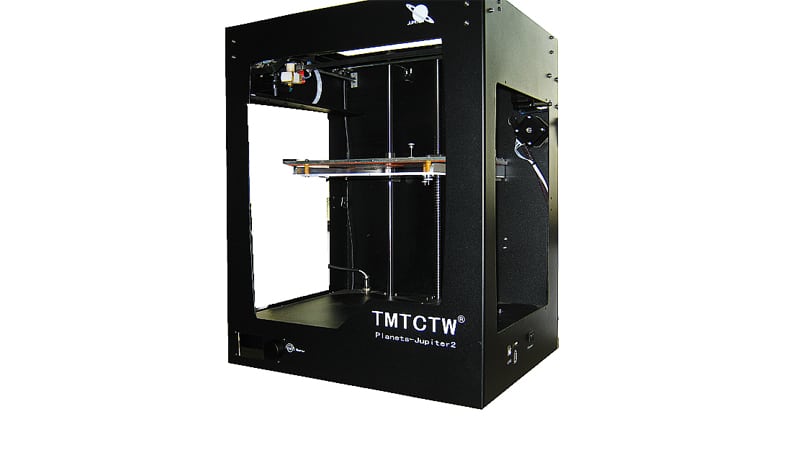

How 3D Printing is changing the state of Manufacturing Industry
July 20, 2014
No Comments
Read More »
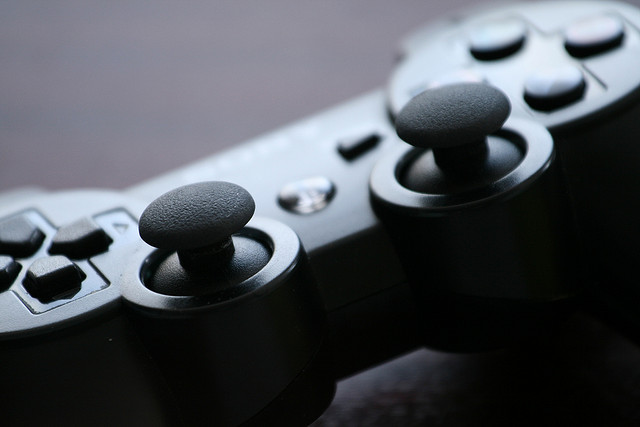
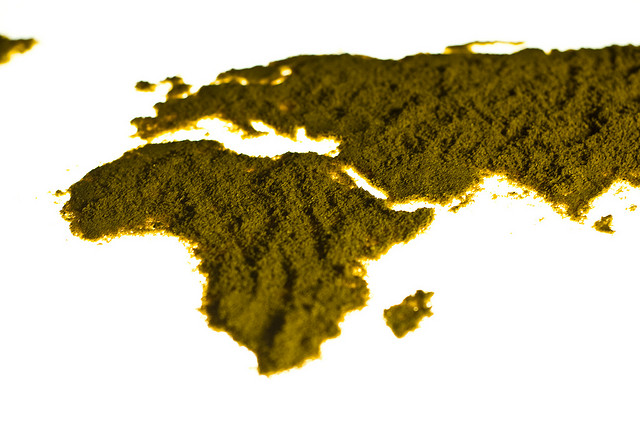

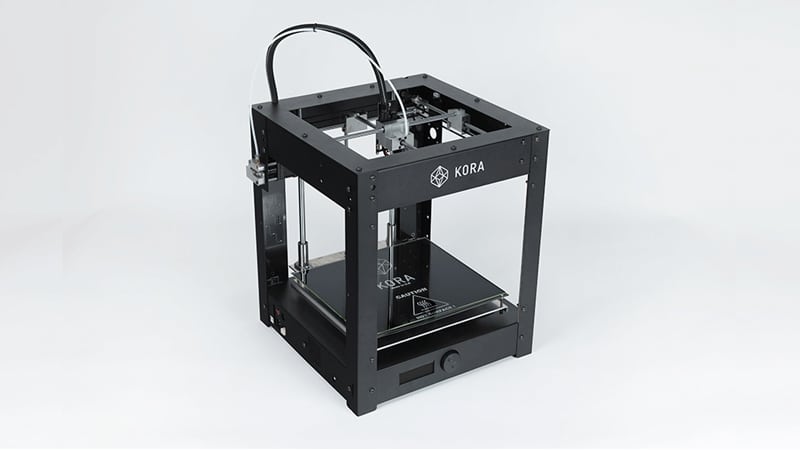
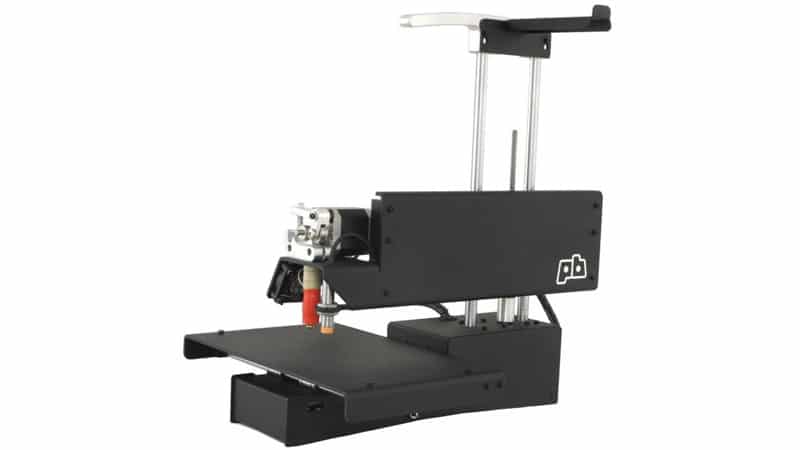

LittleRP or LittleDLPer – Affordable Open Source 3D Resin Printer
July 19, 2014
No Comments
Read More »